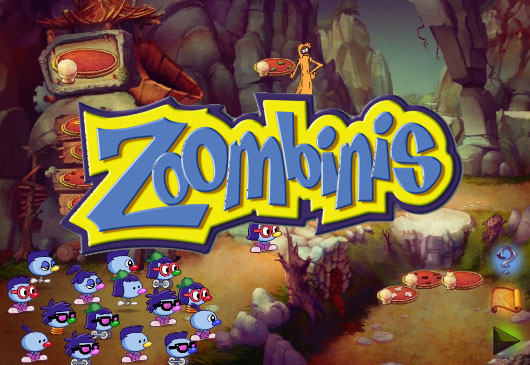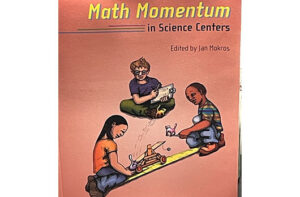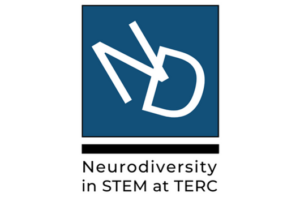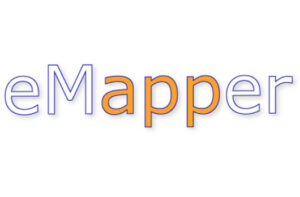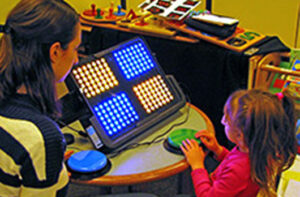The development of students’ computational thinking practices in elementary- and middle-school classes using the learning game, Zoombinis
J. Asbell-Clarke, E. Rowe, V. Almeda, T. Edwards, E. Bardar, S. Gasca, R.S. Baker, R. Scruggs
Computers in Human Behavior, Volume 115, 2021, 106587, ISSN 0747-5632
Highlights
-
Automated data mining detectors detected students’ Computational Thinking in Zoombinis.
-
Longer duration of gameplay related to more Computational Thinking exhibited outside the game.
-
More CT practices exhibited in gameplay related to more Computational Thinking exhibited outside the game.
-
Students’ gender, grade level, or other CT activity were not related to more Computational Thinking outside the game.
Abstract
This paper reports on a research study of 45 classes in US schools (grades 3–8) using Zoombinis, a popular Computational Thinking (CT) learning game for ages 8 to adult. The study examined the relationship among student gameplay, related classroom activity, and the development of students’ CT practices in Zoombinis classes. A combination of research methods, including educational data-mining on game data logs, cluster analysis on teacher logs of classroom activity, and multilevel modeling, was used to determine the impact of the duration and nature of student gameplay, as well as the extent and nature of classroom activity, on student CT practices. Automated detectors of gameplay CT practices built for this research were significant predictors of external post-assessment scores, and thus show promise as implicit assessments of CT practices within gameplay. Students with high duration of gameplay and high gameplay CT practices scored highest on external post-assessment of CT practices, when accounting for pre-assessment scores. This research suggests that Zoombinis is an effective CT learning tool and CT assessment tool for elementary- and middle-school students.

Related People:
Jodi Asbell-Clarke, Elizabeth Rowe, Teon Edwards, Erin Bardar, and Santiago Gasca

